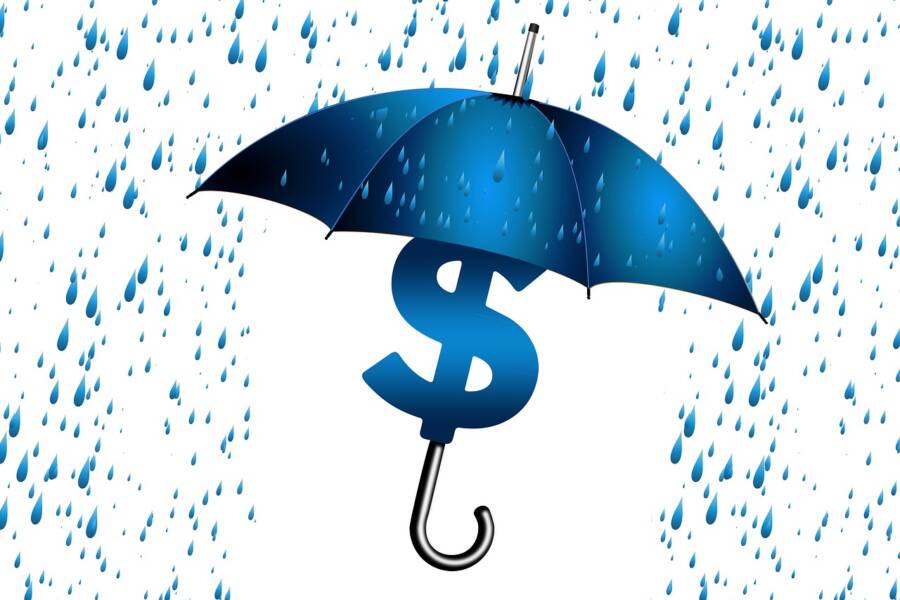The running of a business comes with many challenges, as an important balance needs to be struck between short-term solvency and long-term growth investment. Cashflow becomes one of the most important metrics to track, especially for younger and developing businesses; the clear picture it gives of a business’ financial health makes it a key metric for investors and stakeholders to follow.
Negative cashflow can occur even in a profitable business, in a number of ways. For one, incoming money may be logged as profit but immediately spent on long-standing debt or internal investment. Another common route to negative cashflow is late payment for goods and services. Late payments occur accidentally, wilfully, and sometimes with the express permission of the business in question – but how can one reverse late payment trends, and improve cashflow as a result?
Encourage Frequent Payments
Firstly, a small change to your invoicing approach could help with addressing late payments, particularly if done with respect to certain perennial late-payers. You could draw up a new payment arrangement with customers directly, wherein they pay smaller amounts on a more frequent basis.
A common reason for late payment in B2B transactions relates to cashflow itself; the customer may find themselves in a poor position to pay the full amount immediately. By breaking up the payment into smaller instalments, your customers can better manage their cashflow without affecting yours.
Invoice Financing
For more pressing cashflow concerns, and in the event that your customers or clients are facing more long-term financial difficulties, there are options available to mitigate the impact on your income. Invoice financing enables a business to receive the value of an invoice in advance, with the finance provider then seeking reimbursement through your client’s eventual payment.
These solutions are useful in a number of scenarios. Firstly, you may have agreed on a flexible payment plan for your more loyal customers, and may desire an advance on those payments without affecting your long-standing relationship. Secondly, a client may have gone into liquidation, a process which can see outstanding payments take a significant length of time to appear.
Direct Debits
Difficulty can also be found in receiving regular or recurring payments from clients, even if part of a new frequent-payment strategy. Recurring payments can fall through the cracks in accounting teams, or individual customers may simply forget to set up a standing order for regular payments.
With this in mind, facilitating direct debit payments can enable you to take recurring payments without requiring customer action. Direct debits are a convenient option for both sides, and can also serve to bring a professional element to proceedings.

Ingrid Maldine is a business writer, editor and management consultant with extensive experience writing and consulting for both start-ups and long established companies. She has ten years management and leadership experience gained at BSkyB in London and Viva Travel Guides in Quito, Ecuador, giving her a depth of insight into innovation in international business. With an MBA from the University of Hull and many years of experience running her own business consultancy, Ingrid’s background allows her to connect with a diverse range of clients, including cutting edge technology and web-based start-ups but also multinationals in need of assistance. Ingrid has played a defining role in shaping organizational strategy for a wide range of different organizations, including for-profit, NGOs and charities. Ingrid has also served on the Board of Directors for the South American Explorers Club in Quito, Ecuador.









































